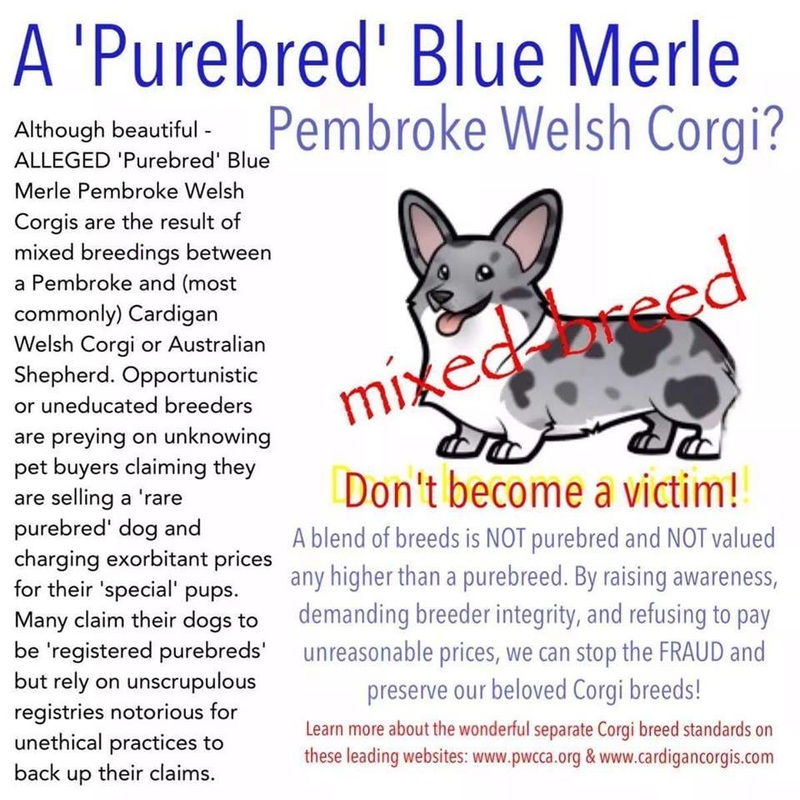Okay, so I’ve been totally obsessed with Corgis lately, like, who isn’t? But I stumbled upon this whole “double merle” and “blue merle” thing and I was like, “Wait, what?” So, I dove in headfirst to figure this out.
My Deep Dive into Merle Corgis
First, I started with the basics. What’s a merle anyway? Turns out, it’s a cool coat pattern with all these mottled patches of color. Blue merles have this bluish-gray base with black splotches. Super pretty!

Then I learned about the “double merle” part. It sounded kinda scary, to be honest. And it turns out, it CAN be. See, if you breed two merle Corgis together, some of the puppies might get two copies of the merle gene – that’s the double merle.
- This can cause some serious problems.
- I found out that double merles often have a lot of white in their coat.
- But the big issue is that they can have hearing and vision problems. Sometimes, they’re even born deaf or blind. So sad!
It is important to understand that, a double merle can occur in any breed, also in Corgis, and there is an increased risk of hearing and vision problems.
I spent hours looking at pictures and reading breeder websites. Some were super responsible, talking all about genetic testing and making sure they weren’t accidentally creating double merles. Others… not so much. It made me realize how important it is to do your research if you’re getting a merle Corgi.
I even joined a few Corgi Facebook groups to get some real-life opinions. People were sharing photos of their gorgeous blue merles, and some were even sharing stories about their double merle rescues. It was a real mix of experiences, but everyone agreed: you gotta be careful with merle breeding.
So, after all this digging, I feel like I have a much better handle on the whole double merle blue merle Corgi situation. It’s a beautiful coat pattern, but it comes with some serious responsibilities. If you’re thinking about getting one, make sure you’re getting it from a breeder who knows what they’re doing and prioritizes the health of the pups!






